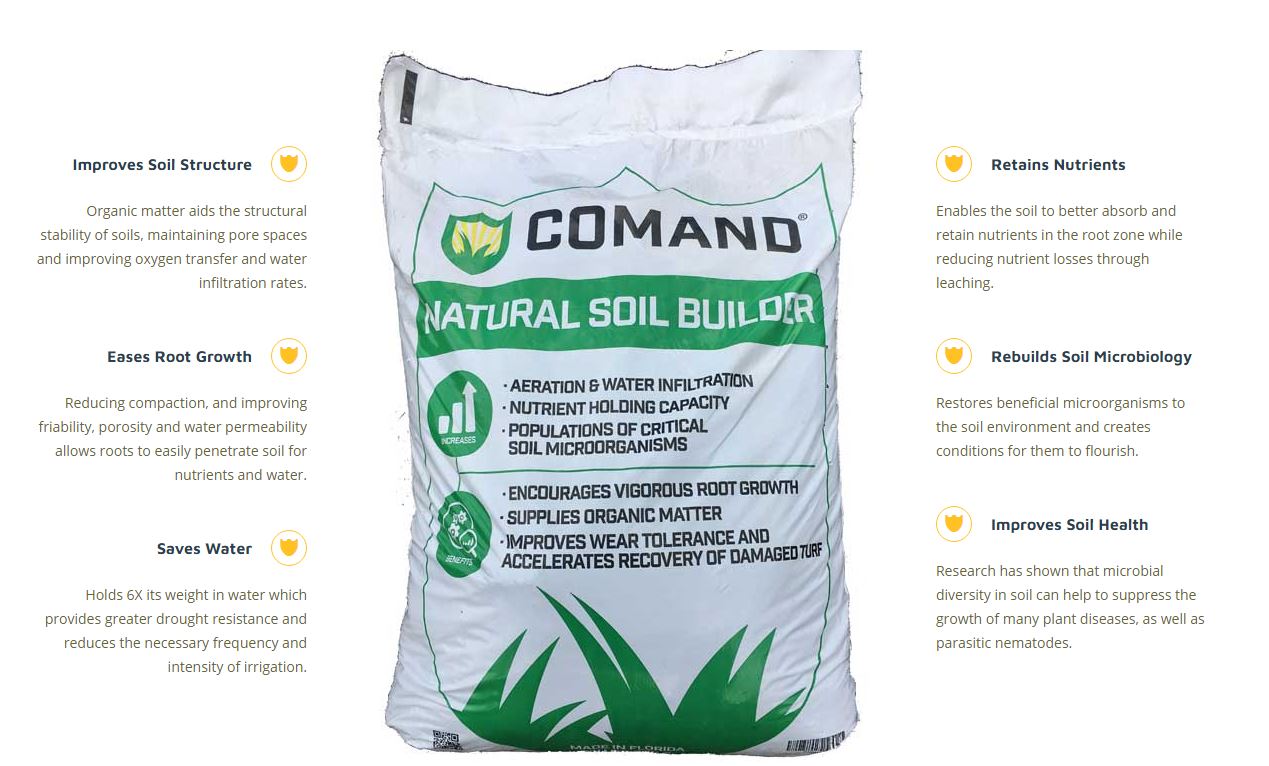When most people think about lawn care, they think of spring. But in North Florida, the real secret to a beautiful, healthy lawn begins in fall.
From September through November, your grass is quietly preparing for next year. While it may look like growth is slowing down, underground the root system is storing nutrients, building strength, and setting the stage for spring.
Why Fall Fertilization Matters in North Florida
-
Root Growth: Fall fertilization provides essential nutrients like nitrogen, potassium, and phosphorus that strengthen roots before winter dormancy.
-
Weed Prevention: Overseeding and fertilizing in fall gives your grass a head start, outcompeting weeds like crabgrass in spring.
-
Soil Health: Cooler fall temperatures help beneficial microbes thrive, improving soil biology for long-term lawn health.
Key Fall Lawn Care Tips
-
Fertilize Before Dormancy
Apply your final round of fertilizer 6–8 weeks before the first frost. This ensures roots absorb nutrients while they’re still active. -
Overseed Thin Spots
Fall is the best time to seed new grass because cooler nights, mild days, and consistent moisture create perfect germination conditions. -
Keep Mowing
Continue mowing until grass fully goes dormant. For the final cut, set your mower lower than usual—shorter grass is less prone to winter disease. -
Manage Leaves Wisely
Don’t leave thick piles of leaves that can smother your lawn. Instead, mulch them into the grass to recycle nutrients back into the soil.
Common Fall Lawn Care Mistakes to Avoid
-
Stopping irrigation too early in dry fall weather.
-
Fertilizing too late in the season.
-
Walking on frozen grass, which can leave lasting damage.
The Payoff
Investing in your lawn this fall means a thicker, greener lawn come spring. While your neighbors scramble to patch bare spots and fight weeds, you’ll already have the lush, healthy lawn they wish they had.
At The Master’s Lawn & Pest, we specialize in North Florida lawn fertilization, overseeding, and soil health programs. Contact us today to schedule your fall treatment and set your lawn up for success next year.

